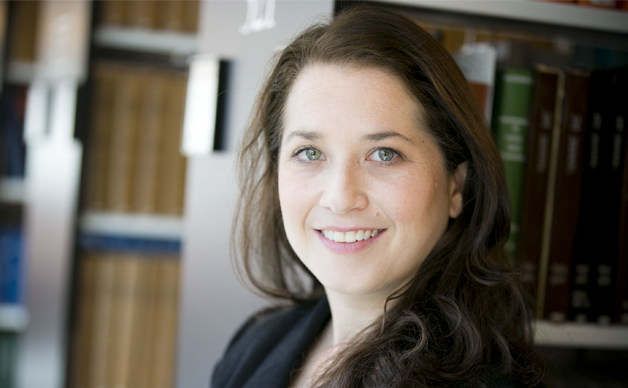Accelerating the smart development of solar in Georgia

Goldstein, director of the Turner Environmental Law Clinic, co-authored the ordinance.
To help accelerate the smart growth of solar in Georgia, representatives from Emory University School of Law's Turner Environmental Law Clinic, Georgia Institute of Technology’s Strategic Energy Institute, and the University of Georgia have published the Georgia Model Solar Zoning Ordinance and accompanying explanatory guide. The ordinance strikes an important balance – protecting communities and the environment, while encouraging solar development and banking the benefits of cleaner electricity across the state.
Georgia is adding solar energy capacity at an astonishing rate, ranking third in the country in growth and eighth in total installed megawatts. The rapid expansion of solar development is an exciting break from traditional, greenhouse gas-emitting sources of power with much of this expansion happening in rural communities where economic stimulus is crucial. From virtually nothing in 2011, the retail value of electricity generated by solar in Georgia exceeded $100M in 2016. As new projects come on line that number is expected to rise.
Poorly sited projects, however, can put that growth in jeopardy. Appropriate siting is important for many reasons, including maintaining community character, optimizing land use, and ensuring environmental integrity. In other states, projects proposed in the wrong locations have caused community outrage, ultimately inhibiting solar development in those states. The authors of the ordinance seek to learn from these missteps and develop guidance that is uniquely suited to promote solar-related economic growth across Georgia.
“Engaging with experts in our state that are passionate about doing solar well, creating new jobs, and reducing environmental impacts was incredibly rewarding,” said Rich Simmons, co-author of the ordinance and director of the Energy Policy and Innovation Center at Georgia Tech’s Strategic Energy Institute. “Clean, locally generated energy is a win-win for stakeholders where the multiple benefits are realized here at home and even paid forward to our kids.”
Counties and cities are eager to embrace the smart development of solar in Georgia. Many communities, however, lack the technical expertise and experience necessary to facilitate such development. While there are resources available for developing solar generally, until now there was little Georgia-specific information available. “Solar energy presents a great opportunity for economic development in our rural communities. But we need to make sure that we do it right for Georgia; the rules that exist for places like California just aren’t going to work here,” said Dan Geller, outreach engineer with University of Georgia’s Agriculture Technical Assistance Program and co-author of the ordinance.
Emory, Georgia Tech, and the University of Georgia saw and responded to the availability gap for Georgia-specific information and developed the ordinance. “Counties and cities were looking for help crafting land use standards, as well as access to current, unbiased, and rigorous data, said Mindy Goldstein, co-author of the ordinance and director of the Turner Environmental Law Clinic. "Community members were looking for assurances that sensitive environments would be protected and their neighborhoods would still feel like home. Solar developers were looking for standardized siting requirements. We believe the ordinance meets all of these needs.”
The authors crafted the ordinance using information gathered through more than sixty-five stakeholder meetings and thousands of hours of research, drawing on each university’s unique set of skills and expertise. The ordinance takes a comprehensive approach and everything from rooftop to utility-scale solar is covered. But its flexibility may be the ordinance’s greatest asset. “It is built to last. The provisions can bend as a community’s needs change and technology improves,” said Goldstein.